Gene Powell left his hometown of Weslaco to attend the University of Texas on a football scholarship. The former linebacker and defensive end still proudly wears a “T” ring given to him by legendary coach Darrell Royal. Gene Powell has always been a team and goal-oriented professional, combining wisdom, heart, spirit, and passion to complete mission.

As a Longhorn T-Ring recipient, businessman, and athlete, Gene Powell is a team-oriented and goal-oriented professional who combines wisdom, heart, spirit, and passion to accomplish any mission.
William Eugene (Gene) Powell, BBA ’68, MBA ’70, is an innovator, community leader, and a dedicated supporter of education. In 2004, he co-founded AirStrip Technologies, a medical software company. He served a six-year term on The University of Texas System Board of Regents from February 2009 to March 2015, including a tenure as chairman from February 8, 2011, to August 22, 2013.
Powell has been actively involved in various organizations, including the Real Estate Council, the Greater San Antonio Builders Association, the San Antonio Hispanic Chamber of Commerce, and the Greater Chamber of Commerce of San Antonio. Additionally, he is a National Council Member of the Aspen Music Festival and School and the founder of the Responsible Growth Alliance.
His previous roles include serving on the Executive Committees of the Hispanic Chamber of Commerce and Los Compadres de la Missions, the Executive Board of the Witte Museum in San Antonio, and the Alamo Endowment Board. The mission of the Alamo Endowment Board is to preserve and protect the Shrine of Texas Liberty, a noble and worthwhile goal.
Testimonials from Red McCombs, Governer Rick Perry, Doctor Cigarroa and others celebrate Genes accomplishments as he enters the McCombs Hall of Fame https://youtu.be/nSkDj7_NMmc
The Longhorn Chairman of The Board
by Larry Carlson for https://texaslsn.org
Here is the link to Gene Powell’s podcast.- https://traffic.libsyn.com/forcedn/cdogg/TLSNS05E01.mp3
Gene Powell greets me at the door of his office, a cozy casita nestled in a forest not far from the home he shares with his wife in San Antonio. The former Longhorn football player from the 1960s has become a prominent figure in South Texas business and education. He looks like a Southern gentleman straight out of either Garden & Gun magazine or the J. Peterman catalog.
I admire the many paintings adorning the wall and ask whether any were created by the late Ragan Gennusa, one of Texas’s most renowned artists and a former teammate from my days at The Forty Acres. They are not, but Gene recounts a particular piece he purchased for ten dollars in 1966. He had convinced his college buddy that he truly wanted to own the artwork that Ragan had been working on.
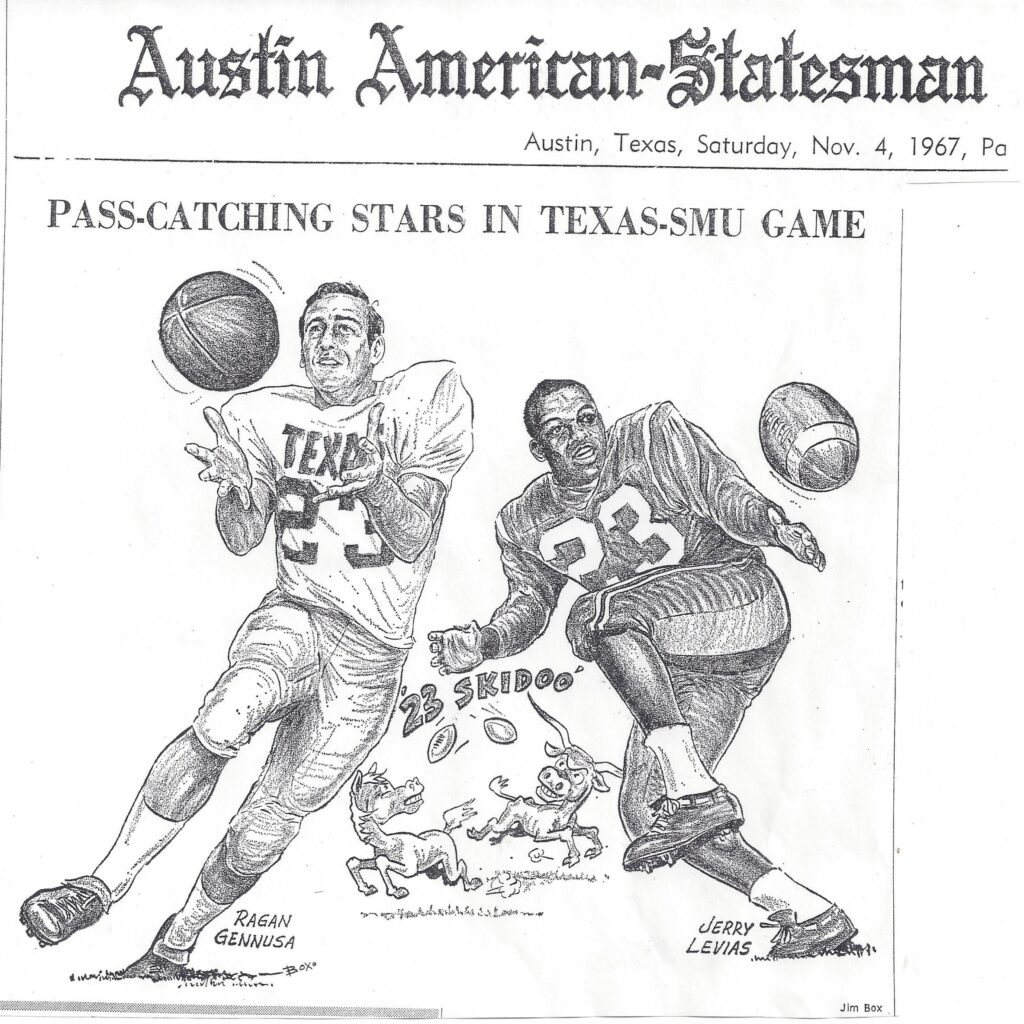
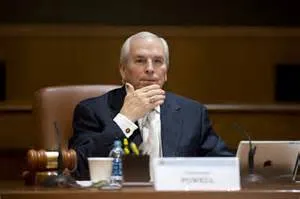
Gene Powell 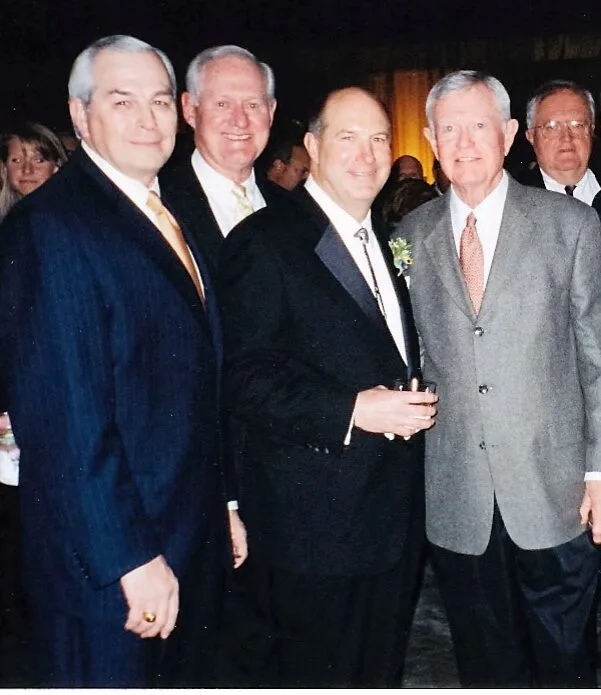
Gene Powell, Loyd Wainscott, Linus Baer, Coach Royal 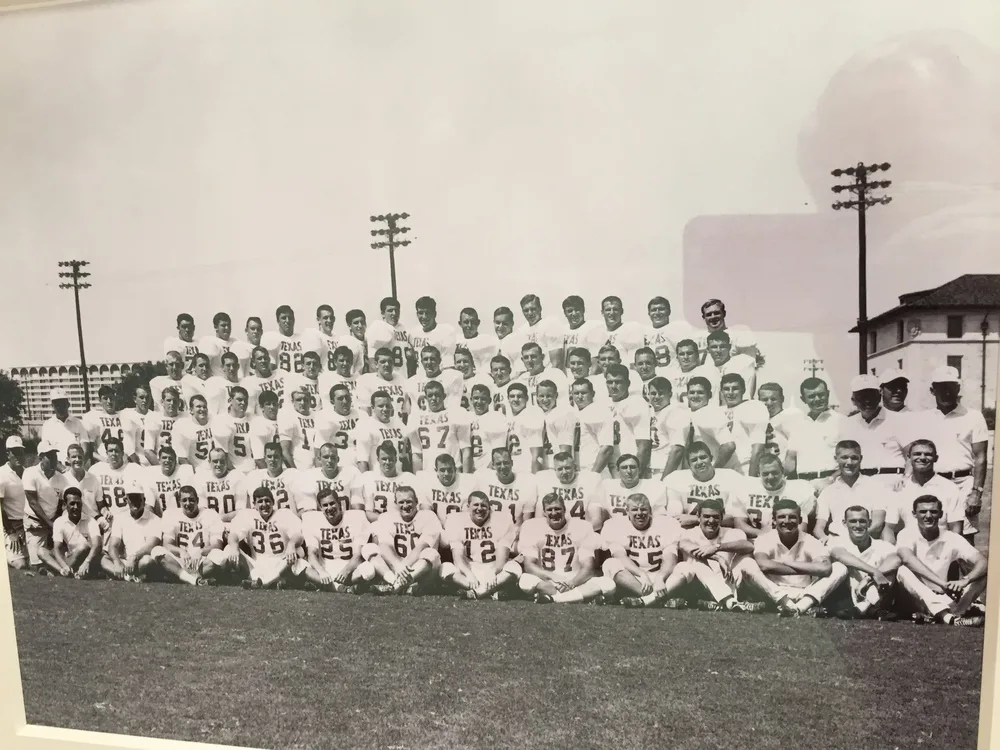
1965 team 
Chairman of the Board of Regents 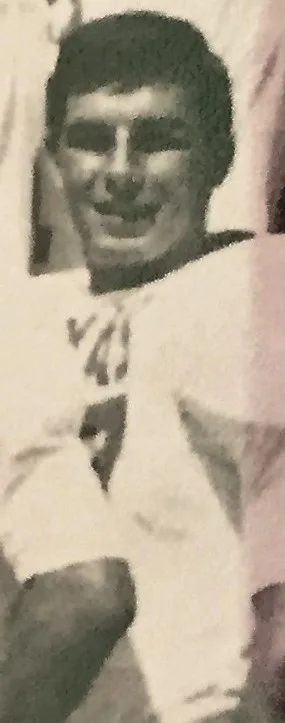
1965 Gene Powell 
Gene Powell 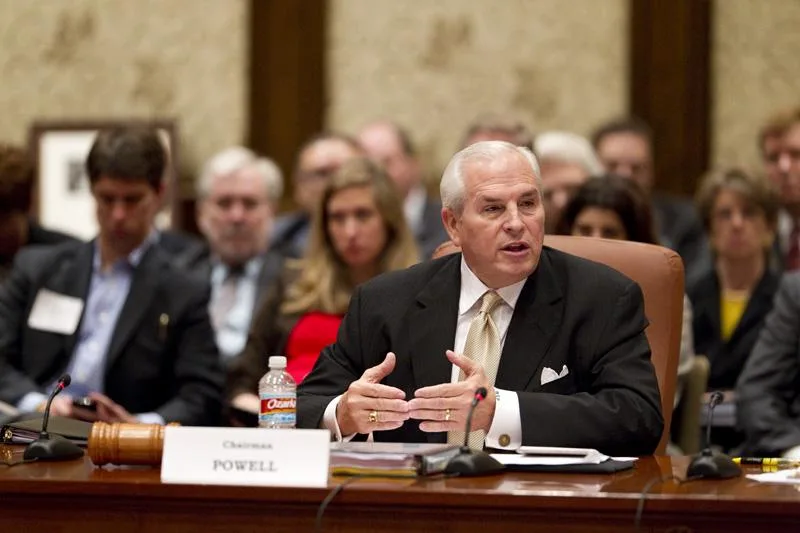
Gene Powell 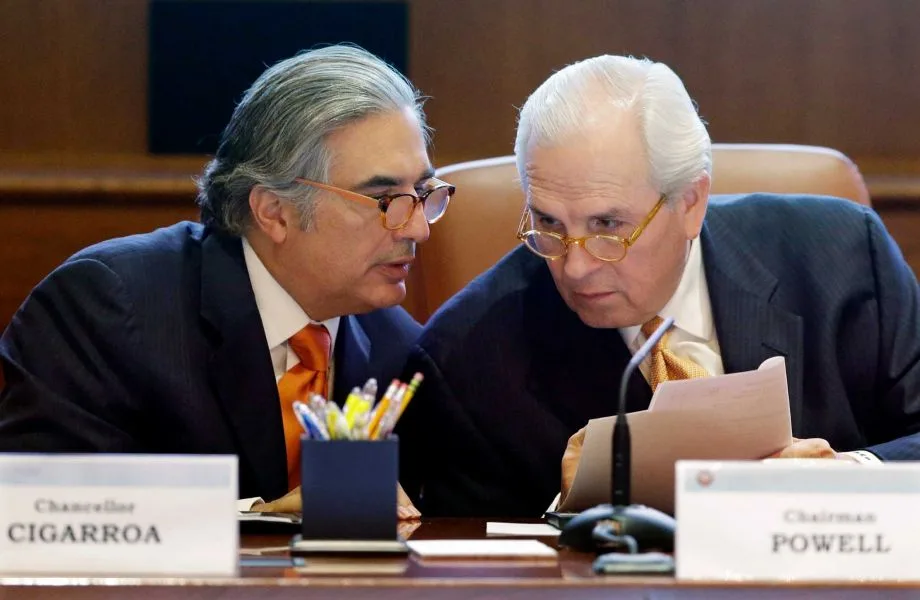
Chancellor Cigarroa and Gene Powell 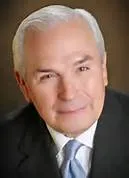
Gene Powell 
M.D. Anderson and Gene Powell 
Gene Powell 
Darrell and Edith Royal with Gene Powell 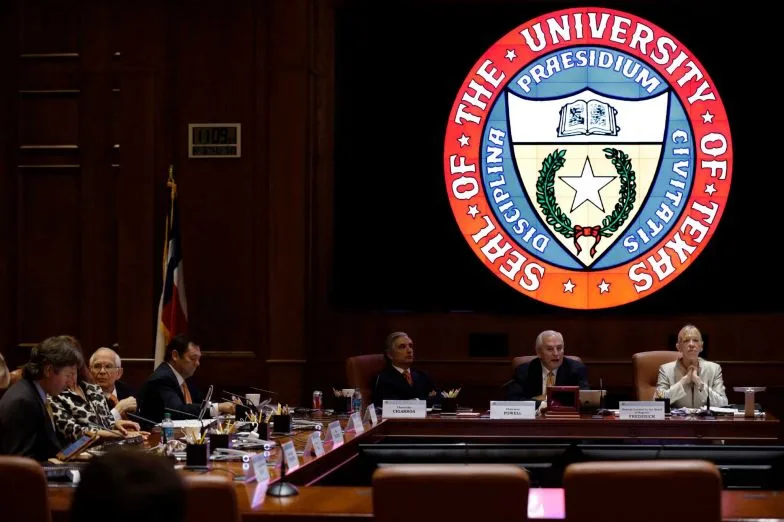
Gene Powell in meeting 
Gene Powell presents his visions for U.T.
Powell has a plethora of fascinating stories to share. When we sit down to record a podcast for TLSN/The History of Longhorn Sports, I introduce Powell by comparing the length of his resume to Tommy Nobis’ (another former teammate) neck, to one of Earl Campbell’s impressive thighs, or to Steve Sarkisian’s substantial wallet.
Gene chuckles, but the facts remain. The guy grew up in Weslaco, located in the Rio Grande Valley, where he idolized Bobby Lackey, Darrell Royal’s first star quarterback at Texas. He later followed Lackey to the University of Texas. Although his playing days were cut short by a painful shoulder injury and subsequent surgery, Powell persevered. He played as a defensive lineman and linebacker, ultimately earning two finance degrees from UT.
By the early 1980s, Powell transitioned from his success in the Valley to even greater achievements in Alamo City. Alongside his business partner, Laddie Denton, he has become a prominent figure in real estate and development. They have launched major projects such as The Quarry and Lincoln Heights, as well as outstanding neighborhoods including Rogers Ranch, Inwood, Kinder Ranch, Shavano Heights, and Lookout Canyon.
He took the opportunity to pursue his strong interest in enhancing higher education when he was appointed by then-Governor Rick Perry to the University of Texas System Board of Regents in 2009. Powell quickly rose to prominence and became Chairman of the Board in 2011.
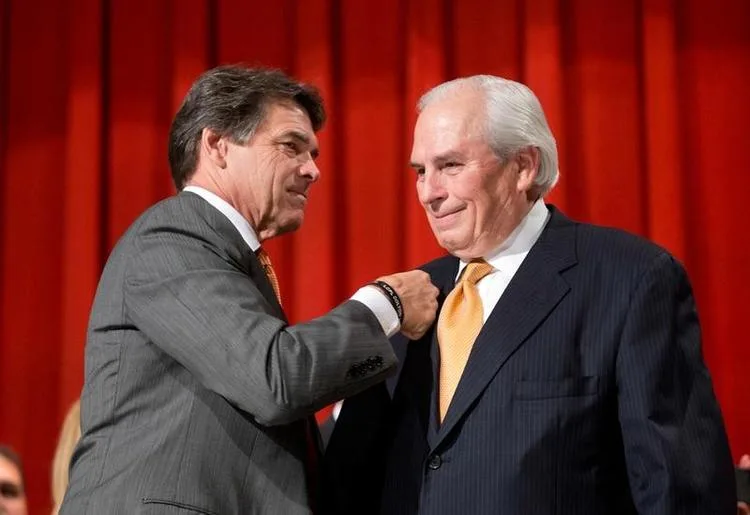
When I joke that Gene, despite wearing the famed “T” ring, which symbolizes academic and athletic success under DKR, has managed to become a friend and associate of at least one Aggie — the longtime governor who was a yell leader during his College Station days — Powell laughs heartily. It turns out that Gene’s father was a Texas A&M graduate, which adds a great twist to the story.
When young Gene began attracting interest from college football recruiters during the Kennedy presidency, he discussed his college choices with his father. His dad told him that his college expenses would be covered if he decided to attend A&M. However, if Gene was able to secure an athletic scholarship at another school, the choice would be entirely up to him.
When the recruiters came a’calling, young Gene took a recruiting trip to Texas A&M and Texas. But in 1964, Austin and UT provided a stark contrast to College Station. Pretty girls were everywhere on Powell’s recruiting trip to Austin, UT, and Tommy Nobis, fresh from an all-star season as a precocious soph, hosted Gene for a sizzling steak out at Hill’s Cafe on South Congress.
The next day, when Powell was set to head home, he thought he blew any chances at a Texas offer. Saying goodbye to Coach Royal, the Weslaco Kid fell victim to the slick soles of a new pair of shoes he was sporting, slipping and sliding down the stairs below Gregory Gym. He assured the coach that he was okay, but more than his backside was smarting as he drove away.
After our podcast, Powell leaned in and shared a story about the thrill of receiving a written scholarship offer, signed by Darrell Royal in early ’64. At that time, the young DKR had just led the Longhorns to their first national championship in football. Gene vividly recalled that his father winced a bit at the sight of the UT document. However, Powell emphasized that his dad was “a man of his word,” even when it came to the rivalry between maroon and burnt orange. As a result, Gene became a Longhorn, and his parents supported him wholeheartedly.
Powell was part of Royal’s huge freshman class of 66 signees plus dozens of walk-ons. The attrition rate, less than 18 months later, when Gene’s classmates made up the spanking new sophomore class to Texas, was astounding. On a hallway wall, mere steps from Powell’s office, he shows that squad’s team photo, pointing out the few classmates who had stayed and would remain. Hardly any would figure prominently in the Longhorns’ lineup as seniors in ’67. Fullback Linus Baer and linebacker Joel Brame were captains and stars on the field, but they had little company as returning two-year letter winners that autumn. Powell had injured that shoulder, which severely limited his playing time. The great majority of the 1964 recruits and walk-ons gave up on the demands of football or fell prey to injuries, sometimes grades.
Longtime Austin newspaper columnist Lou Maysel, in his definitive history of the Texas Longhorns up to January 1, 1970, titled “Here Come The Texas Longhorns,” referred to the period from 1964 to 1967 as “The Interregnum.” According to Funk & Wagnalls, this term can be understood to mean “a period during which normal governance is suspended.”
Whatever the case, when it comes down to UT football, what it meant was this: After winning the school’s first national title in ’63, Texas came within one play—a missed two-point conversion pass against Arkansas—of repeating as national champs in ’64. Then, it went into a severe funk (no Wagnall’s) for three straight years of unheard-of 6-4 regular seasons.
Those were Gene Powell’s years. Most of his original teammates bailed. Royal took the blame when he spoke to Maysel for his book a few years later. After “Coach of The Year” honors in ’63, Royal honored obligations on the banquet and coaching clinic circuit.
And he admitted that he overdid it. “I was gone all the time. I really played the fat cat. I really thought it would benefit the University of Texas and college football as well as Darrell Royal,” DKR said.
Ask Powell about the period and he places zero blame on his legendary head coach. But he will tell you that his varsity seasons didn’t have the same feel as the halcyon days of ’61-’64.
When asked about the literary “tell all” work of one of his old teammates, Gary Shaw, who penned the ultracontroversial “Meat On The Hoof” book in 1973, critical of the winnowing process of “running off” players at Texas to release more scholarships through brutal drills and what Shaw called “de-humanizing” treatment, Gene Powell doesn’t flinch.

“Everything Gary wrote in the book was true,” Powell confirms about the volume that blistered the coaching methods of Royal’s staff as it came to dealing with the squad members who did not see playing time on Saturdays. “I recently recommended the book,” Gene says, noting that, to his knowledge, what went on at UT “went on at all the schools.”
Powell, though, seems to understand both sides of the equation, from when scholarships were plentiful and tough coaching and tougher practices were the norm to the “running off” of players ultimately deemed expendable.
Perhaps that is why, in our podcast discussion, Powell voiced a refreshing take on today’s college football landscape’s most controversial topic: “The Portal.”
Powell said he’s all in favor of letting players opt out of prior commitments in search of the right place to find playing time.
Transferring in his day was about as easy as ending The Cold War. Approval, legal papers, sitting out a season…it was seldom done. But Gene points out that the portal enables players to find the right place and eliminates the perceived need for the coaching staff to test and physically punish players in order to drive them out of scholarship agreements. Today’s athletes can receive honest evaluations from coaches about their potential to figure out a team’s plans. They even often receive recommendations that enhance a player’s chances to maximize their playing potential elsewhere. In Powell’s opinion, it plays out in the best interests of individual players, coaches, and programs.
For what it’s worth, this writer concurs.
Gene Powell still proudly wears his cherished “T” ring, awarded by Coach Royal to lettermen who graduated. He also relates a story or two about having Edith and Darrell Royal in attendance when he became a member of the UT System Board of Regents. Powell fought hard for lower tuition in higher education and is justifiably proud of his part in seeing the dream of a UT branch become a reality in the Rio Grande Valley.

In fact, UTRGV, headquartered in Edinburg and Brownsville, just celebrated its ten-year anniversary. Powell is excited about the booming 34,000-student enrollment and the UTRGV School of Medicine now serving a historically underserved population in deep South Texas. Football is always in his blood; he will even allow that he, along with several other leaders of the UT system, suggest UTRGV’s “Vaquero” nickname to honor the original cowboys of The Great State. The Vaqueros, by the way, will ride into their first football season in August.

Regardless Of all The Internal Political Battles At UT, By The Time Jennifer R. Lloyd Wrote An Article In The San Antonio Express On August 23rd, 2013 That States “ Under Powell’s Reign, The Regents Made Significant Progress Toward Creating A New University In The Rio Grande Valley That Will Have Its Own Medical School, Adding A Medical School To The Flagship University, Exploring The Frontier Of Online Education And Approving Projects For UTSA And San Antonio’s UT Health Science Center.”
Red McCombs Said, “I Don’t Know Of Anybody In That Short Period Of Time That’s Created As Much Change As He Has As A Leader.”

Meanwhile, speaking of football in the blood, Gene has two grandsons playing college ball. In fact, 6-4,225-pound D-lineman Whitefield Powell made a play or two when his Colorado State Rams opened the ’24 season in Austin against the Longhorns, and his brother, Hudson, then a preferred walk-on freshman wide receiver for Texas, was on the UT sidelines. But call Hudson the “little” brother at your own risk.
His grandpa will tell you that Hudson is likely one of the very rare college football wideouts who stands 6-7 and has clocked the forty in an extremely brisk 4.53 seconds.
When a new season kicks off in late August, it will be sixty-one years since Gene Powell first buckled up a Longhorn chinstrap in varsity action. Been a while since his first rodeo. The seasoned vaquero will be riding herd wherever and whenever the Longhorns and Rams roam.
(TLSN’s Larry Carlson is a Football Writers Association of America member. He teaches sports media at Texas State University and lives in San Antonio.)
The Power of Education
Gene Says That His Appreciation Of The Power Of Education Was Fostered When He Saw People Who Were Economically Disadvantaged Go On To Become Lawyers, Doctors, And Bankers. Ricardo Romo, President Of UT-San Antonio, Who Lived At Moore Hill Hall With Gene Said, ” Gene Was One Of The Studious Guys, And “We’d Run Into Each Other Going To The Library Or An 8 O’clock Class.” Romo Said He Has Always Had An “ Upbeat, Nose-To-The-Grindstone Approach” To Life, And His Present Tenacious Commitment To UT As Chairman Of The Board Of Regents Is “Vintage Powell.”
In An Article Written By Ralph K.M. Haurwitz At The Austin American Statesman On March 4th, 2011, Gene Says, “We Have To Remember. … It’s Always About The Students”. “We Have Some Challenges, But We Should Not Talk About Them In Draconian Terms. They’re Simply Challenges.” The New Leader Wants To Focus On Improving The Quality Of Education, Increasing Enrollment And Graduation Rates, Ramping Up Online Learning, And Expanding Commercialization Of Technology Invented On Campuses-All While Reducing Costs.
January 2, 2017 Gene Powell and the T-Ring Reflection
In 2017, TLSN wrote an article about the importance of receiving the T-ring as a sign of accomplishment. Gene Powell responded. ” Billy, You are correct that achievements obtained early in life mean so much to all of us because those achievements form the foundation of who we are and what we can achieve in the future. When you go forward and achieve other successes later in life, those early successes are always the foundation of the later achievements. Many times, you have seen the devastation of a tornado, hurricane, or explosion. The house is gone, but the concrete foundation is always there and intact! No matter how we might stumble or fall when we look down at our right hand” and see the T-ring, there is an indelible sign that we can get up, dust ourselves off, adjust our chin strap, and succeed because we have done it before!

When I first met Rick Perry in the fall of 2000, it was at Memorial Stadium, and one of the first things he noticed was my T-ring, and he asked me about it. That gave me the chance to tell him the story about my father being an Aggie and my “escaping” to the 40 Acres in the fall of 1964. To this day, that story remains a joke between the two of us, and he always says, “I was never impressed with Gene’s T-Ring, but I WAS impressed that an Aggie raised him. And I know that being raised by an Aggie is really what made him who he is today.” That is all funny, but it would not have made any impression on him without the T-ring!
And I know that I have told you that when I was sworn in as a Regent in the spring of 2009, it was very important to me that (a) I have my T-Ring on for the swearing-in and (b) that Edith and Darrell be in attendance. …… Since 1957, there have been approximately 90 regents at UT, and to my knowledge, only two of them earned a T-Ring. And it so happens that both of us were from the class of 1964 and ended up being Chairman. Tom Loeffler and me.
Atlantic Monthly
In An Article In The Atlantic Monthly By Ben Wildavsky, Gene’s Vision Is In Full Bloom. The Article Dated November 2012 asks the Question,
“What Sort Of Populist Liberal Firebrand Would Set Out To Slash Tuition, Prioritize Undergraduate Instruction Over University Research, And Push To Enroll More Low-Income, First-Generation Students”? In Fact, “He’s A Conservative Republican Appointed By Governor Rick Perry. “ “Powell Has Emerged As A Champion Of The Movement To Rethink How Colleges Can Operate Creatively-And, With A Boost From Education Technology, Cheaply. He Called For Halving Tuition While Expanding Enrollment. And, Echoing A Proposal Made By Governor Perry, Powell A Real-Estate Developer And Tech Entrepreneur, Wants The System To Establish A Degree That Costs $10,000 For All Four Years.”
Because of Gene’s progressive vision, The Atlantic Monthly named him one of the “brave thinkers” for 2012. As occurs with anyone in a leadership position at a major university, Gene’s changes were challenged by prominent UT exes and powerful political figures who wanted answers to legitimate questions about the implementation of his vision.
During Gene Powell Chairmanship in 2011, 2012 and 2013 the UT System recorded 77 Major Accomplishments. Here is a brief list of a few of those Accomplishments:
August 2011 the “Framework” was approved for implementation by the Board of Regents. This framework became the national model on how to change higher education to meet the students needs of the 21st Century. Chancellor Cigarroa was invited to the White House twice to explain to the President, Vice President and Secretary of Education how the transformations in Texas were being achieved.
May 2013 Senate Bill 24 establishing UT Rio Grande Valley and the UTRGV Medical School passed both houses of the Texas Legislature by a 100% Affirmative Vote!
Regents approved $100 million to establish the medical school at UTRGV
Regents approved $334 million to establish a medical school at UT Austin. Note these two medical schools were the first medical schools to be built in the US in the past 40 years.
Regents approved $310 million to build a new Engineering and Education Research Center for the Cockrell School of Engineering at UT Austin.
Regents requested and received a commitment from the Cockrell School of Engineering to increase the number of engineering students at UT Austin by 1,000 students.
Regents held tuition flat at UT Austin for two years and supplemented UT Austin’s revenue by $13 million to support the lower student tuition.
$490 million in expenses savings at UT Austin were identified by the Committee on Business Productivity
Regents supported MD Anderson’s hiring of 37 key cancer researchers from Harvard’s Belfer Institute. Note that today, those researchers are making huge strides in cancer research at MDA.
Regents supported the “Moon Shots” program at MD Anderson to cure eight kinds of cancer.
Regents approved a billion-dollar rebuilding and “hardening” program at UTMB Galveston after Hurricane Ike
Regents approved moving the $800 million Clements University Hospital for UT Southwestern Medical School from the Capital Improvements Program of 2010. The Dallas hospital was completed in 2014.
Regents set up $50 million to fund The Instituted for Transformational Learning. This was a System wide program of blended and online learning.
Regents invested $10 million in 2011 and $12.5 million in 2013 in the Horizon Fund. This fund was to be used to support and translate innovations coming out of UT research to practical use.
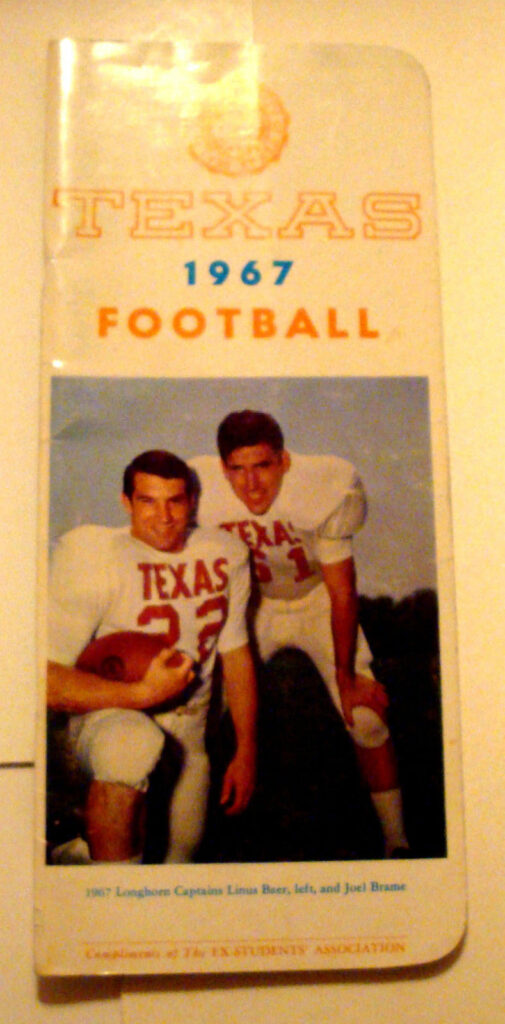
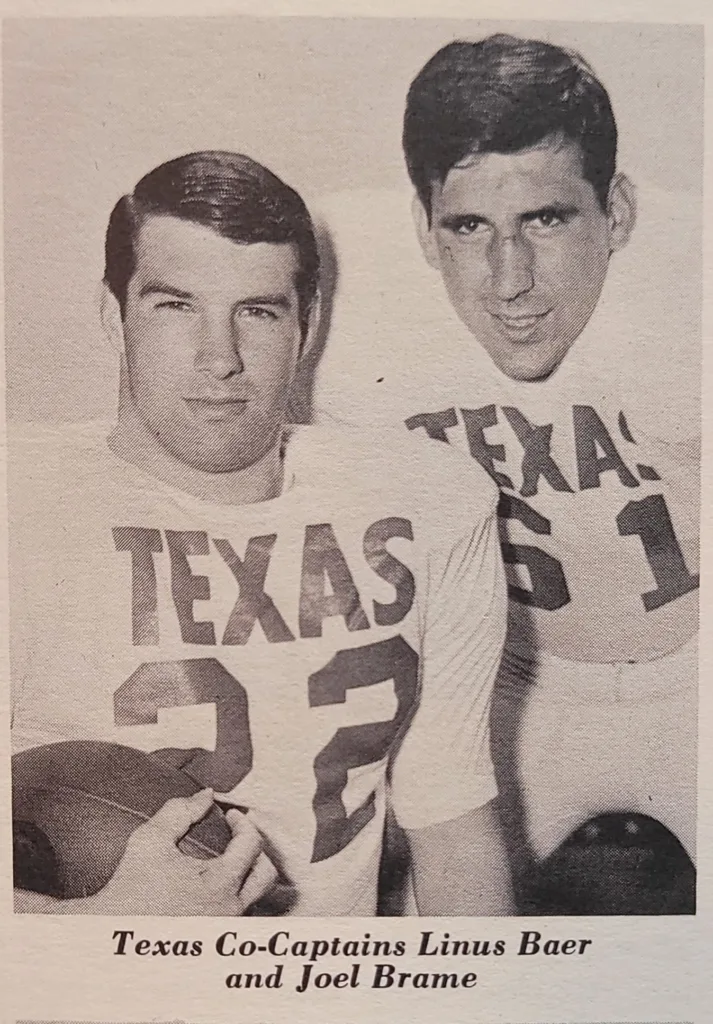
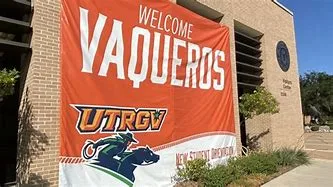
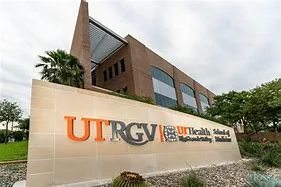
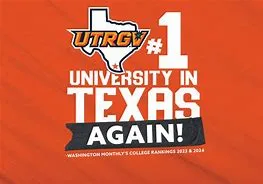


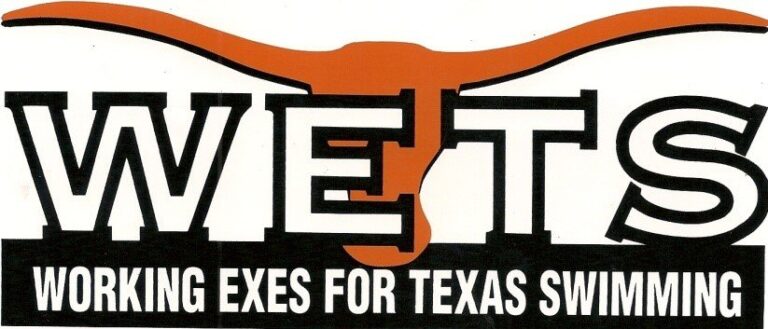

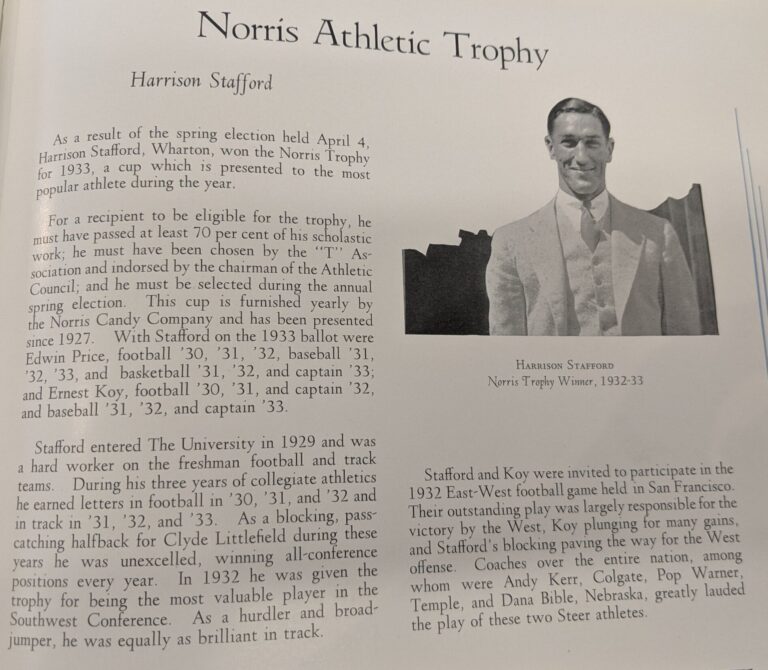
hi